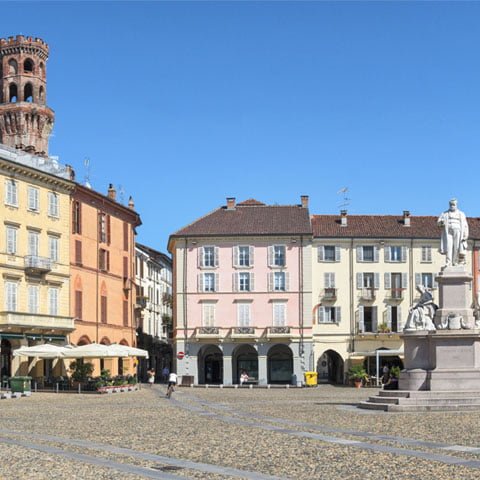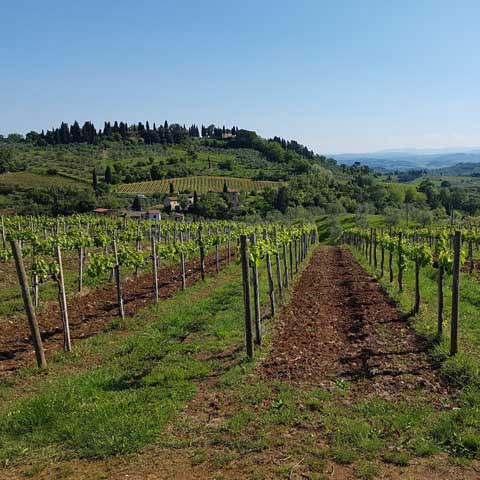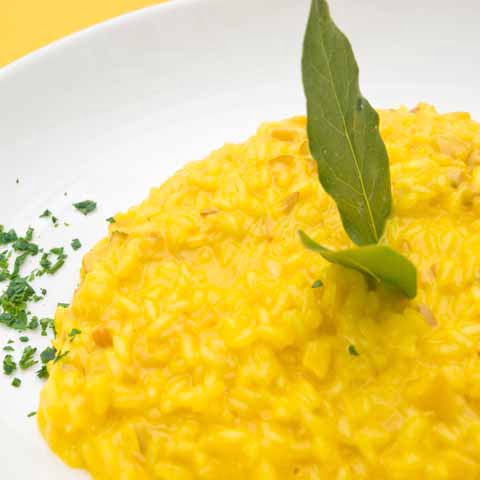Vercelli, the capital of the province of Vercelli in the Northern Italian region of Piedmont, has ancient roots that can be traced back to prehistoric times. The city rests along the Sesia River and is positioned in the Po River Valley between Turin and Milan, a location that served the city well as it developed over the centuries.
One of Vercelli’s principal historic achievements is that the city served as the site for the first publicly-funded Italian university in 1228. Though this university is no longer open, Vercelli remains a regional center for higher education thanks to its local branches of the Università del Piedmonte Orientale and the Politecnico di Torino.
From a cultural perspective Vercelli was the birthplace of renowned Renaissance painter Il Sodoma. Several of Il Sodoma’s most famous works include The Holy Family with Saint John the Baptist and an Angel, Pietà, and St. Sebastian. The Capitulary Library of Vercelli also houses the famed Vercelli Book, a collection of tenth century Old English prose and poetry that is one of the most important manuscripts of its kind.
Historically, the countryside surrounding Vercelli has been used for the cultivation of rice. To this day, the province of Vercelli produces over 100 varieties of rice, some of which are the most revered in Italy.
Thanks to the city’s position between Turin and Milan, Vercelli became a major rail junction for trade between the Piedmont and Lombardy regions. Today, Vercelli remains an industrial center with emphasis on flour milling, textiles, and machinery.
The beauty of the surrounding area, which was even mentioned by Dante in his Inferno, has attracted travelers for many years and has contributed to Vercelli becoming a tourism center during the twentieth and twenty-first centuries.
PREHISTORY OF VERCELLI
Evidence shows that the Vercelli area was already inhabited during prehistoric times: objects and tools dating back to before the advent of writing have been found in the territory of the province.
During the fourth century BC, the Ligurians made their appearance in the Po Valley and in the Vercelli area, dominating this part of the peninsula and settling here throughout the fourth century BC.
Tribes from the north, the Celts, arrived into the Po Valley and represented the dominant culture until the arrival of the Romans.
The name of the city is probably due to the Celts: in the Teutonic language, Wehre means station, guard, defense. The term Cel means Celts (synonymous with Gauls). The union of these two words, Wehre and Cel, Wercel, which later became Vercelli, therefore means: “Guard (station, defense) of the Celts”.
The Celts supported Hannibal, the Carthaginian leader, in the Second Punic War against the Romans who were trying to extend their dominion. The Campi Raudii (Raudian Fields) to the south were the scene of Hannibal’s first victory on Roman soil (218 BC) and of the Roman General Marius’s defeat of the Cimbri in 101 BC.
In the second century BC, the Romans succeeded in dominating the entire western Po Valley, including Vercelli. During the second half of century, Vercelli served as the base of operations for the Roman troops against the Salassi peoples of Val d’Aosta.
In 89 BC, the ius latii was granted to the city, meaning the Latin people obtained a set of legal rights under Roman law.
May 21, 43 BC is the date of the first historical written news in which Vercelli is mentioned by name.
In 42 BC, Vercelli (called Vercellae by the Romans) became a municipium. From that moment on, the importance of Vercelli grew considerably due to its strategic position on the road from Piacenza to the Alps, which consisted of Pavia (Ticinum), Mortara (Lomellum), Vercellae, Eporedia (Ivrea).
Vercelli quickly became an important hub for commercial traffic and a stopover for Roman legions.
The first bishop of Vercelli, Sant’Eusebio, was likely elected around 340 and died in 370.
HISTORY OF VERCELLI
After the fall of the Roman Empire, Vercelli followed the fate of the rest of Italy. The town of Vercelli became a Lombard Duchy, with its own mint, some examples of which have recently been found.
Vercelli served as the county seat during the Carolingian Period, towards the end of which Liutvardo became Bishop of Vercelli. Liutvardo and his clergy ultimately fell victim to the local massacre perpetrated by the Hungarians on December 13, 899; he was succeeded by Bishop Attone.
At the end of the tenth century, the Bishops Pietro and Leone were in bitter struggle with the Marquis Arduino d’Ivrea, who exercised authority over the territory. The bishops had in fact obtained great power and immunity from Emperor Otto III. Bishop Pietro was killed and Arduino was excommunicated by the Pope. His assets, subject to confiscation, were given to Leone.
Vercelli acquired great power by extending its jurisdiction over a large territory and also subduing powerful feudal lords. In the fight against Barbarossa, Vercelli remained allied with the Lombard League. The city was also a scene of the struggles between the Guelph and Ghibelline factions.
A powerful independent republic during the Middle Ages, Vercelli fell to the Visconti family of Milan in 1335 and then to the House of Savoy in 1427.
During the sixteenth century, Vercelli was one of the few cities part of the Savoy Dominion that was not occupied by the French, who twice tried in vain to seize it, in 1353 and in 1556. The Spanish occupied the city from 1638 to 1659.
Vercelli was occupied for a short time after another siege in 1704, during the war of Succession of Spain, by the French, who completely dismantled its fortifications.
Dominated by the French until the fall of Napoleon Bonaparte, Vercelli returned to the Dominion of the Savoy in 1814. The old officials returned and the province was reconstituted. The Savoy homecoming was not appreciated by the general population as poverty also returned, aggravated by disease and drought.
Many citizens participated in the liberal uprisings and the wars of independence, in which Vercelli distinguished itself in the fight against the Austrians.
With Italian Unification, the people of Vercelli became passionate about political life. Local newspapers multiplied (the main one, La Sesia, was founded in 1871) to support the most heated battles, especially against the clergy.
During this time, public education was favored and the percentage of illiterate people was far below the national average. Several schools, including the Technical Institute, the Normal School for Girls, and the Drawing and Music Schools were founded, as well as the Civic Library in 1875. The theatrical seasons become a social moment of encounter and debate.
With the arrival of the first industries in the city, the first workers’ organizations were born and the first strikes were proclaimed. Between 1901 and 1909, social battles developed for the reduction of working hours and for the conquest of eight-hour days in the local rice fields.
In 1927, the first mayor took office. Far from the central power, the hierarchs managed to administer the city objectively and Vercelli was able to enjoy a quiet life.
Reconstruction after World War II was slow and laborious, supported by the initiatives of small business owners. There was little attention paid to the preservation of the historic buildings, though this changed during the final years of the twentieth century thanks to a cultural awareness that led to the undertaking of restoration, arrangement, and embellishment of monuments and historical sites to make Vercelli one of the most artistically interesting cities in the Piedmont region.
ARCHAEOLOGY IN VERCELLI
Vercelli is home to the Luigi Bruzza Museum of Archeology. The seven rooms of the museum trace the evolution of Vercelli and the surrounding area. Over 600 artifacts discovered in the city and surrounding province are on display at the museum. The exhibit focuses on the progressive Romanization of local pre-Roman populations as well as subsequent phases of Romanization that led to the growing importance of ancient Vercellae as a Roman settlement.
Outside of this museum, the main archeological site in the city of Vercelli is the Roman amphitheater. While today it is in ruins, archeologists believe that the Vercelli amphitheater was once one of the largest Roman amphitheaters in the world, with an elliptical diameter bigger than that of the Arena of Verona. In addition to the amphitheater, Vercelli is also home to sarcophagi and inscriptions from the Roman Period.
Travel Guides
The Piedmont Region of Italy
The Cities of Piedmont, Italy







